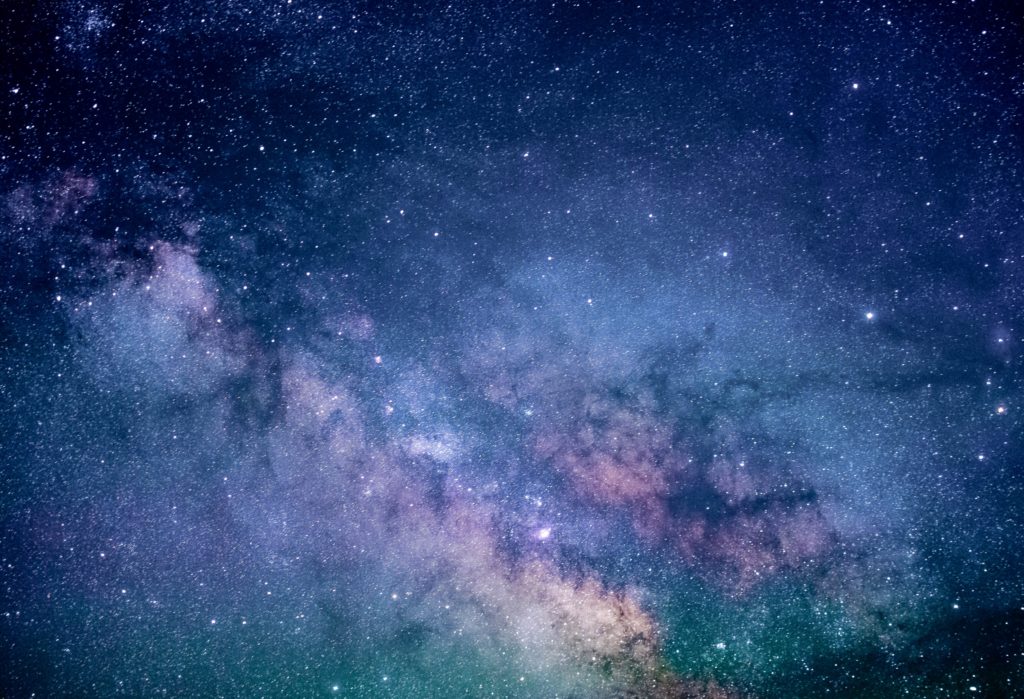Aliens were not found in Nevada this summer. At least, not the grey men we’re used to.
On September 20, meme enthusiasts and herds of alien enthusiasts donning tin-foil hats gathered outside the rural town of Rachel, Nevada in preparation for an event with nearly three million Facebook fans: the Area 51 Raid.
Over the summer, the event gained massive traction, both from memers and concerned government officials alike, starting from a maxim of solidarity: “They can’t stop us all.” Although the event didn’t remotely culminate in the exciting military-bust many had hoped for, it certainly led to an interesting cultural display of parties, music, and quirky enthusiasm.
But the fun-loving and seemingly uneventful raid in Nevada was surrounded by the increasingly popular appeal of alien culture. On September 18, the US Navy confirmed a collection of footage of “unidentified aerial phenomena” recorded aboard the USS Nimitz in 2004, called since the ‘Nimitz UFO Incident,” bringing conspiracy theorists out of the woodwork. In 2017, “Alien Covenant”, a film depicting humans terrorized by aliens on a faraway planet, was released, restarting a film series that was first innovated in the 1970s and has since been untouched. In addition, alien memes have permeated meme culture in the last few years: from the “ayy lmao” meme to “Howard the Alien.”
This phenomenon begs the question: why?
Aliens have, since the 1950s, been a staple of American pop-culture. However, scholarship is beginning to show that this was not an apolitical trend. As argued by Robin McKie at The Observer, films like Stanley Kubrick’s 1968 2001: A Space Odyssey mirrored Americans “fears of invasion, extinction and annihilation” and earlier 1950s films like Invasion of Saucer Men and The Brain Eaters represented “a widespread American fear of communist subversion at the time … ruthless, human-looking but utterly emotionless aliens perfectly encapsulated America’s paranoid vision of the threat of communism.
In light of the resurgence of aliens in our popular culture, we very well see the same politicized fears. The recent resurgence in alien-enthusiast culture in memes, film, and in general discourse echoes a historical trend: when the status quo begins to get confusing and mysterious – as a growing share of Republicans claim foreign openness risks sacrificing our “national identity” and extensive polarization exists across Democrats and Republicans in describing immigration as a “problem” — we often project our social anxieties on the unknown: aliens.
In the very conception of the phrase “illegal alien” is the same rhetoric that echoes the fears of unknown, even extraterrestrial, invasion. Every week, the Trump administration reveals new policies that underscore a regime of uncertainty, such as with the recent announcement of the end of the DHS’ popular policy of “Catch and Release.” But as new policies come to public attention, so do continuously controversial debates, such as new developments in criticism over Trump’s justification for the widely controversial “Muslim” travel ban from December 2017. Such divisive issues demonstrate that immigration is increasing in its political, and thus cultural, stakes.
A return to the Red Scare of the 1950s then makes perfect social sense. In that time period, the social sphere was occupied by fears of communist invaders and conquerors, so Trump’s ongoing use of the word “invasion” to refer to immigrant caravans reaching the US border and claims that undocumented immigrants “break into” the States have an immense historical context. The case is increasingly clear: when we can pin our politicized fears on a distant, even extraterrestrial, threat, we discover a means to divert attention from our confusing and real political situation.
This is not necessarily to suggest the Area 51 Raid is a response to internalized angst over the border wall. It is clear, however, that the historical parallel is one of a political nature. As the fears of invasion mounted in the 1950s and 1960s with crises concerning the Soviet Union, controversy on our border and in the nation’s direction on immigration and assimilation is very much the same. As calls to empathy or amnesty are met with the debate of the rule of law and American national interest, there is a confusing matrix of political tension we are again navigating.
A question then still remains: why the resurgence in popular mediums of culture with such positive connotations? Just as we have embodied political anxieties in memes, we have also done so in the physical — a raid dedicated to a “glimpse [at] some extraterrestrial life” which really became a celebration of the quirky and historical art of alien enthusiasm. Even if not all of these cultural trends are depicting extraterrestrial encounters in a positive light (circa the Alien series), it does seem that the popular culture around aliens has, at least since 1950, become more inviting. Today, we focus less on brain-eating monsters from outer space with the sole intent of destruction and more on hanging out with extraterrestrials in Nevada.
Perhaps the most relevant answer we can bring is too one of culture. Even as we continually pin our most anxious political fears on the unknown — and historically even the advanced, interstellar invader — we are also finding our own place in the status quo. In fact, such a change towards a positive, and even curious, embrace may superficially represent a cultural change towards the same. As immigration and its associated rhetoric are certainly not settled subjects, finding our common humanity (even with aliens) can assist us in building our own networks of compassion and understanding.
We have, and will continue, to project our fears on mysterious subjects. Aliens continue to be a great example. But as politics become increasingly volatile and confusing, working to humanize subjects of interest can go a long way – even if they are mysterious, grey spacemen.
Image Credit: Unsplash/Jeremy Thomas
